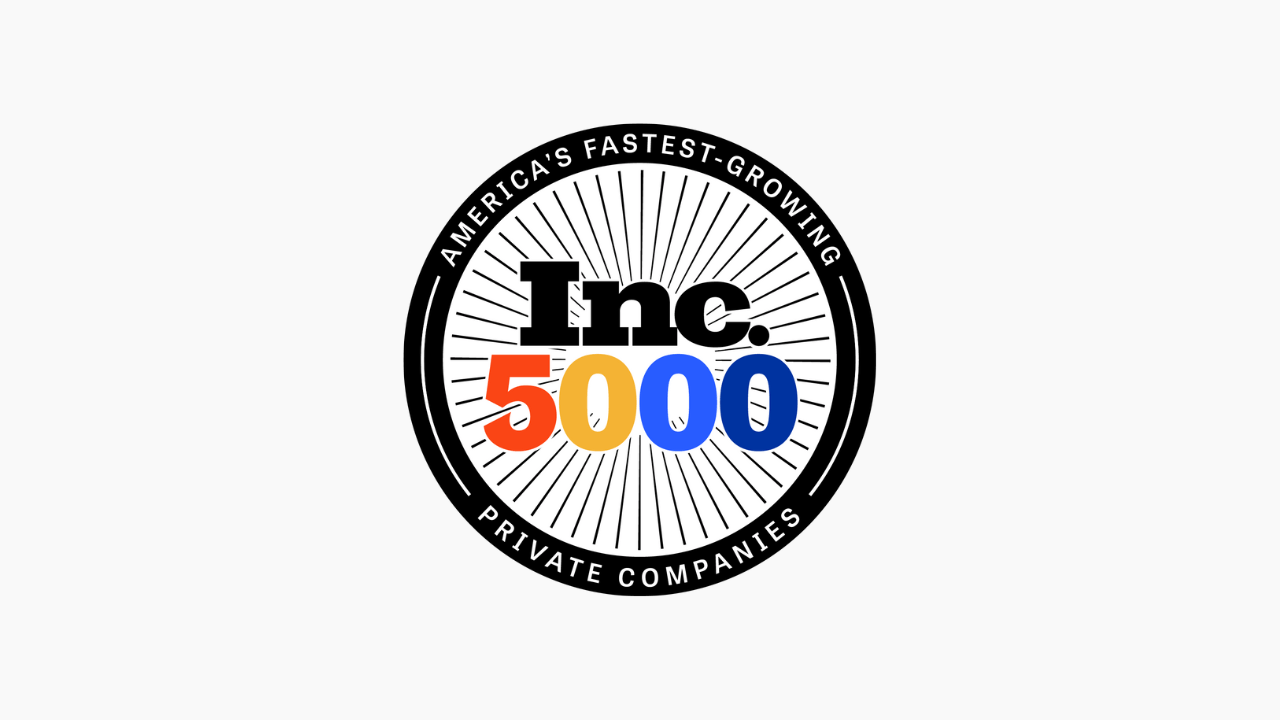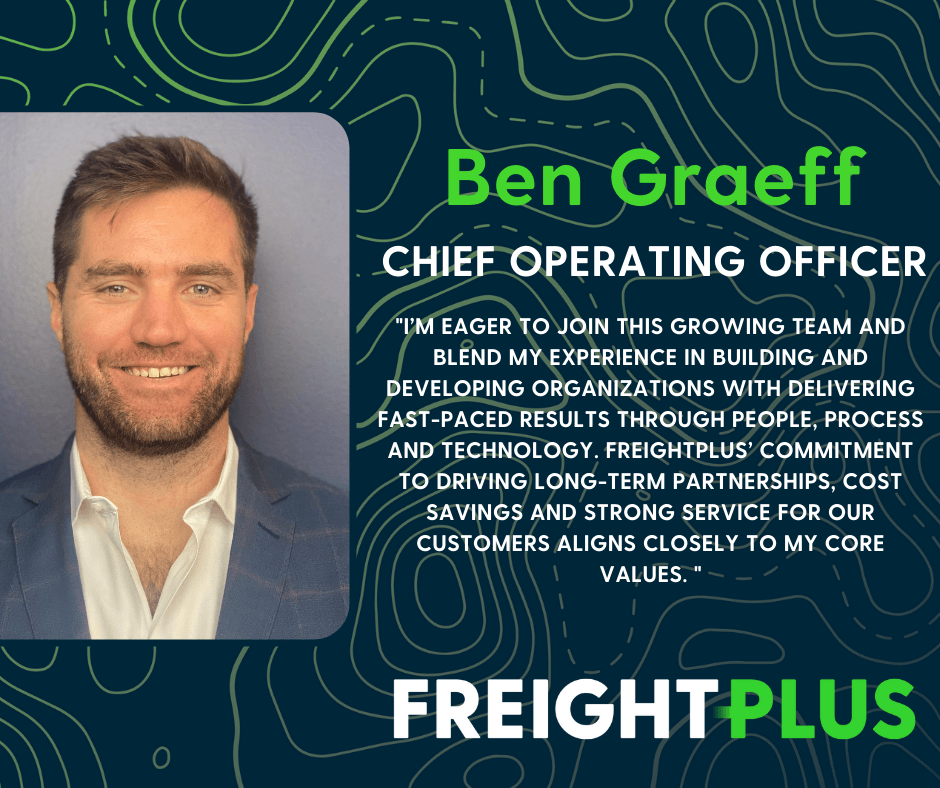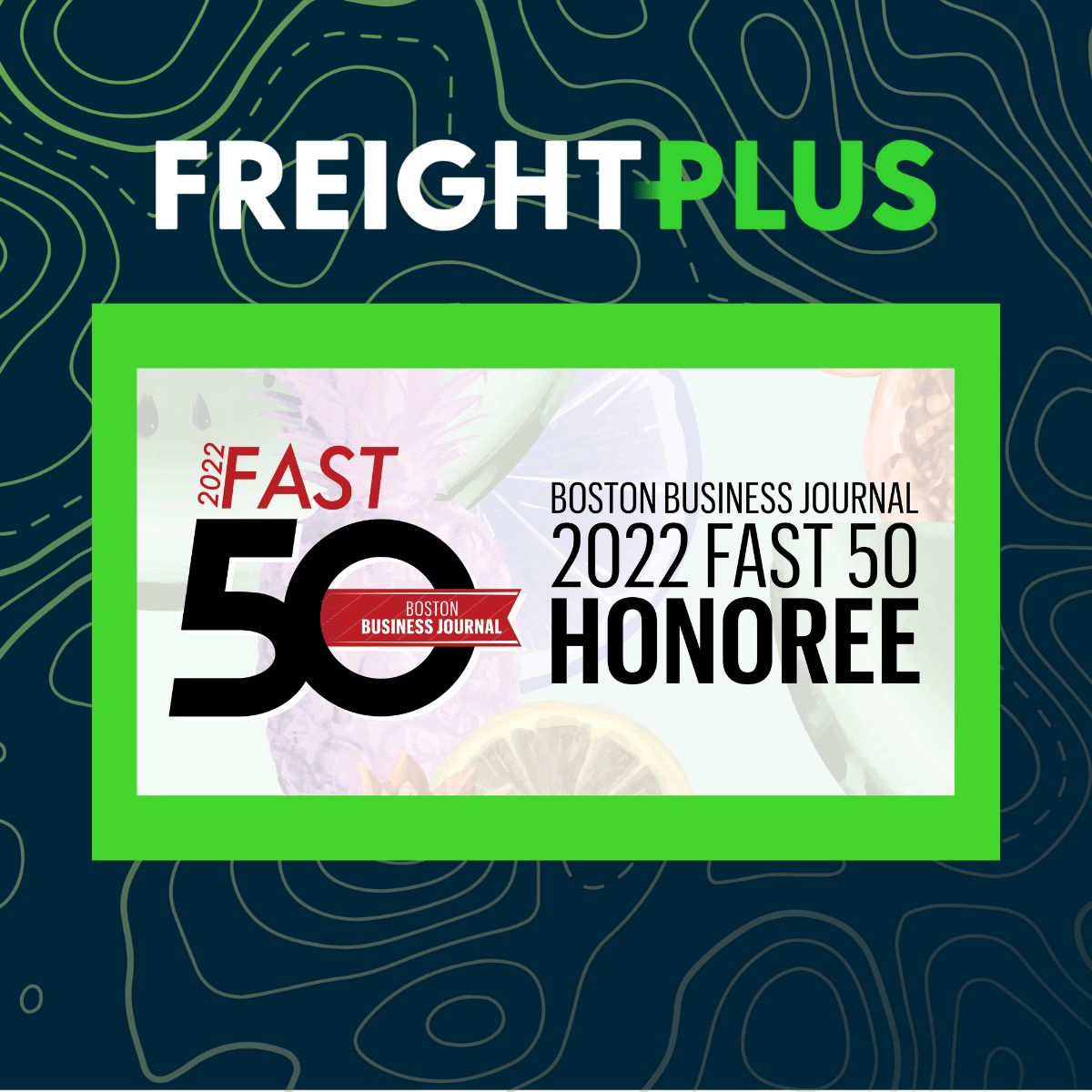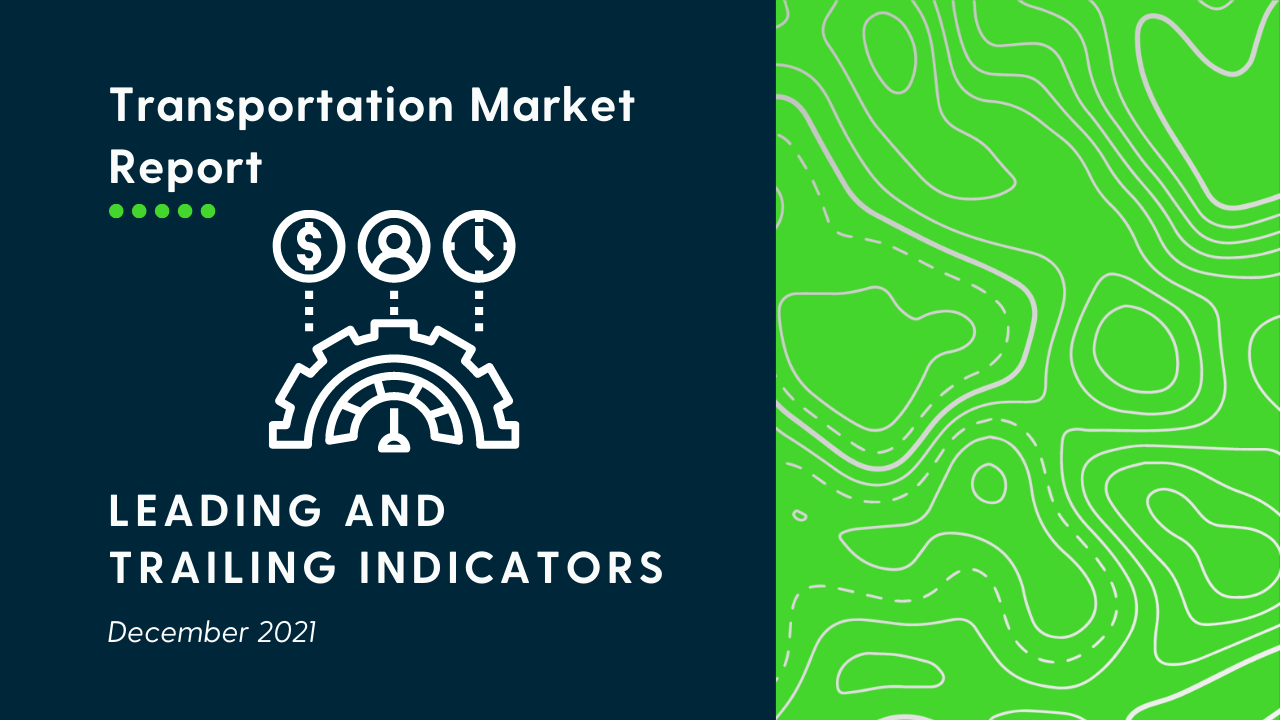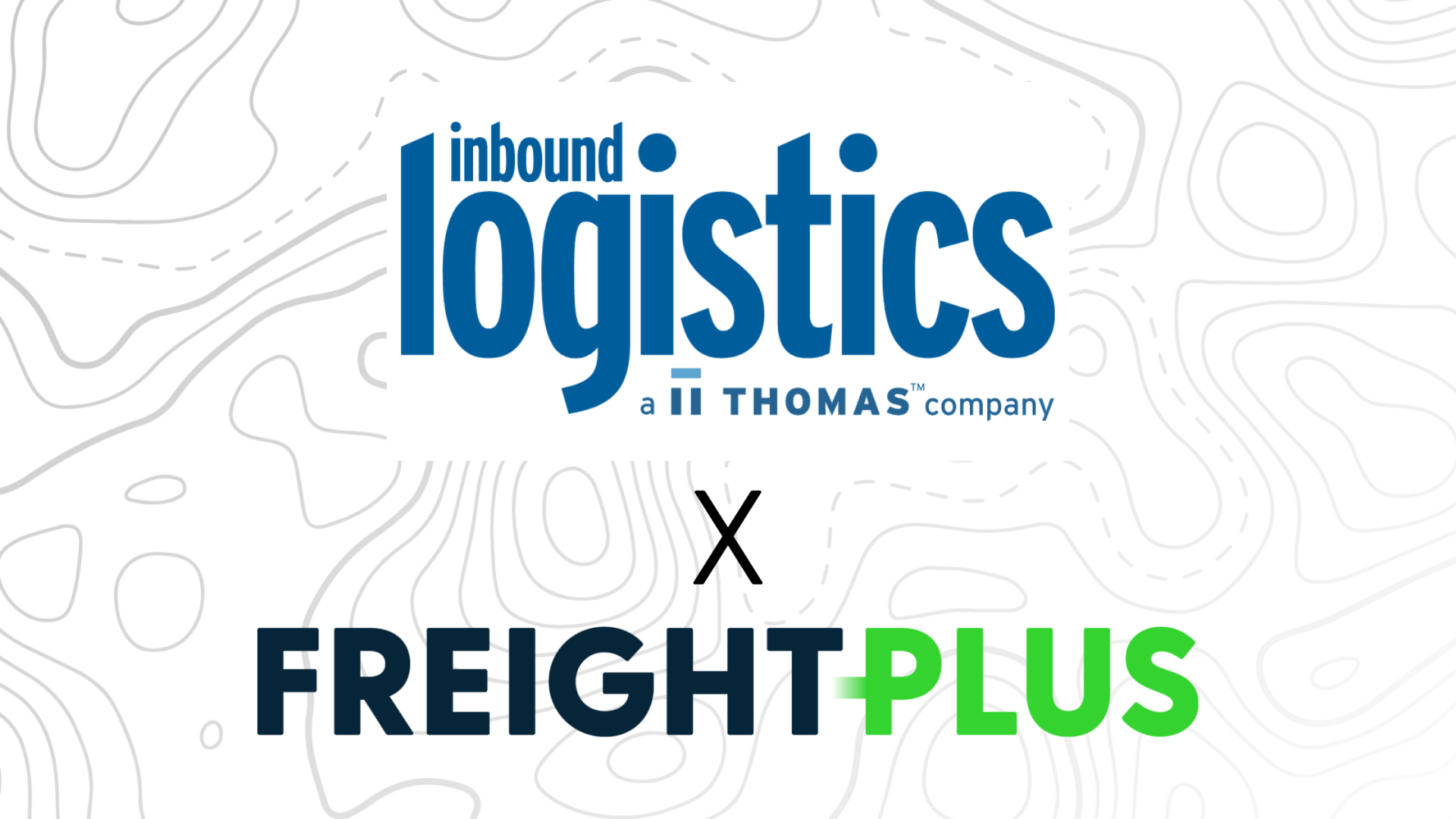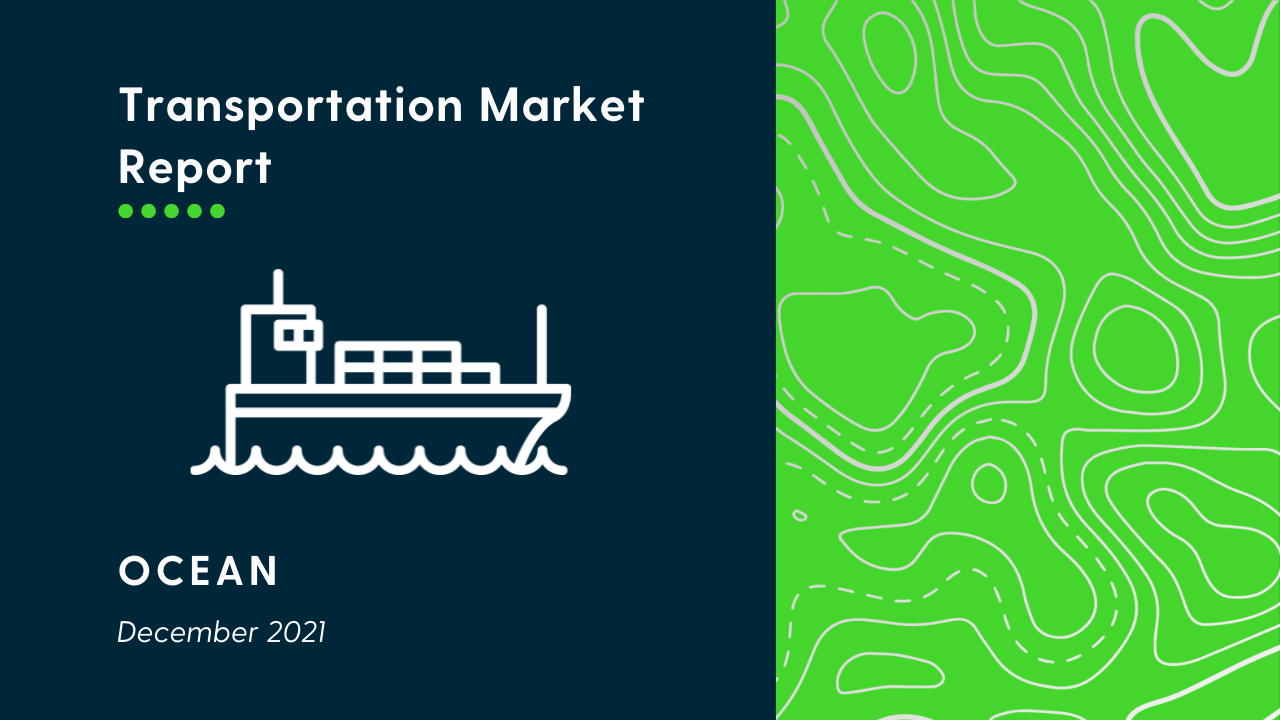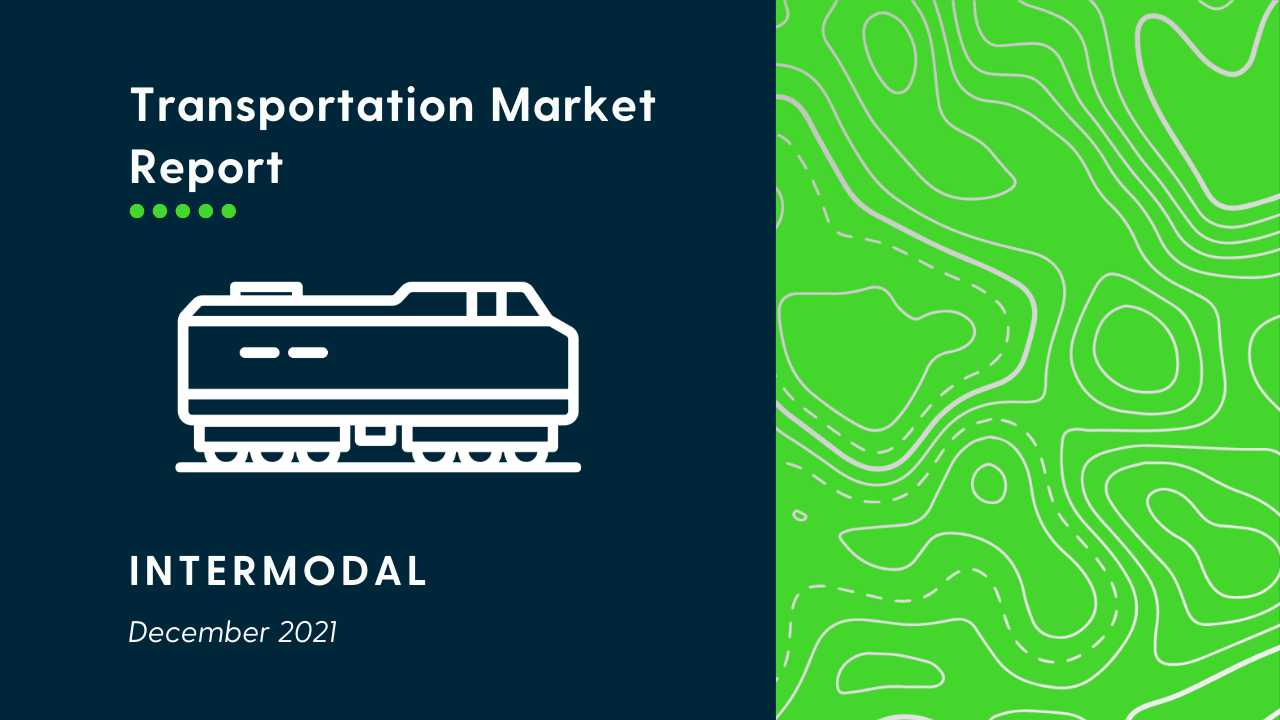Episode 90 – Digital Supply Networks with Dr. Ednilson Bernardes
In this episode, I will chat with Dr. Ednilson Bernardes. Dr. Bernardes is a professor and coordinator of the Global Supply Chain Management program at West Virginia University. He is an expert in process transformation and supply networks innovation. And He is also one of the authors of the recently released book, Digital Supply Networks. Traditionally, supply chains have been conceived and managed as a discrete sequence of activities, from design, plan, and source to make, deliver, and return. This linear model creates silos of information inside an organization and across its supply network. Piecing together the relevant information for decision making consumes a tremendous amount of time and effort. The contemporary market reality shaped after the "Amazon Effect" had rendered the traditional supply chain operating model inadequate. Disruptive crisis, such as COVID-19, has further highlighted the limitations of the conventional model and accelerated the shift to a digitally-enabled model, the 'Digital Supply Network.' In this conversation we will discuss:
- Roles of Data and Technology play in our current life
- The differences between Supply Chain Management and a Digital Supply Network
- The dynamics of a DSN
Tell us a little bit about yourself.
Dr. Ednilson Bernardes started his career in the air force back in Brazil after attending an airforce college. From there he moved to the air space industry where he had the opportunity to work in all aspects of global supply chain management. After that he launched his career in academia. His first academic job was in Georgia and he was then hired by West Virginia University in 2013 to start a global supply chain management program.
Can you help explain the difference between a data scientist and someone who is just using data in their job?
A data scientist is a professional that usually holds an advanced degree and possesses high technical skills. You do not necessarily need to be a data scientist to use the knowledge as leverage in your field. You do need to have awareness for what types of tools are used for particular problems.
Can you give a breakdown of the differences of supply chain management and a digital supply network?
The traditional supply chain management is seen as a sequence of processes and activities from design to source to make to distribution to recycle. The traditional model is very linear and sequential in nature. A digital supply chain network is an integrated set of digitally enabled supply chain capabilities powered by interconnected flows of information. It integrates information from many sources and locations to drive the physical act of production and distribution. The DSN focuses on real time analytics.
Can you speak to the challenges that the supply chain management model has with customer service compared to the DSN?
In the traditional supply chain customers are mostly passive entities at the end of the chain. Customer service focuses on the delivery aspect and product availability. The first challenge is how the traditional model approaches customer service. In a GSN, customers are actually connected to the network. Customer service is customized and faster. Customers are no longer passive buyers but instead they are partners throughout the lifecycle of the product and enables intimacy that the supply chain model cannot match.
Talk about how the DSN accounts for a disruptive crisis like Coronavirus.
In the middle of all the challenges and uncertainty of the market we as customers could still know if and when products will be available. Amazon did this in an amazing way because they had the visibility to do so. They had the visibility to support real time decisions. It helps organizations to be agile and flexible and have those capabilities. As the pandemic evolved we had all kinds of different issues in different steps and the more flexible the company was the better they handled these difficulties. By their interlinked global nature we can see that the global supply chain had become increasingly vulnerable to risk which was highlighted during the pandemic. Covid illustrated the need for visibility, transparency and flexibility. We need to be able to anticipate disruptions and create solutions.
What do you envision logistics and fulfillment operations look like in a DSN?
He envisions logistics and fulfillment operations to look more dynamic. In the book there is a whole chapter of dynamic fulfillment. It is not about replacing workers but about augmenting their capabilities. He believes that undoubtedly this is where the industry is headed. We will see more autonomous processes. As We continue progressing we will see more and more of humans working side by side with technology.
What new role should people in logistics be looking at as the DSN becomes the new normal?
Jobs will require technical expertise like management analytics robotics and more. There will be an increased call for data scientists types of position. There will also be an increasing need for people who understand and can work with the technology. Another area in which there will be an uptick in jobs is management - there will be a large demand on critical thinking, problem solving and creative thinking. There is a big need for entrepreneurship and creativity to reimagine the way that things are done and to improve them.
How does a small to midsize enterprise start to incorporate some of the building blocks of DSN?
At the high level leaders can start by translating the business strategy components into a supply network digital capabilities and then think about the required infrastructure. It is necessary to have an innovative culture. Leading teams and workers require a knowledge of the technology’s capabilities. Education, training and engagement of leaders and the workforce are crucial to the success of the DSN.
Would you say that the biggest factor is the culture of failing?
There are any aspects that can contribute to failure. Culture is definitely one of them. When you look at companies like Amazon that value innovation they do things differently than we are used to. The key to the success in the DSN lies in integrating and combining technologies and reimagining operating models and driving customer values. It is about doing things differently to create value for the customer.
Let's talk a little bit about the Maven Machines.
Maven Machine is a IOT startup in Pittsburg - they focus on the logistics and truckload industry, particularly LTL. This company is reimaging carrier safely and driver compliance. The trucking industry faces an increasing push in carrier safety and driver compliance but most of the technology is outdated. This is where Maven comes in, one example is through dispatchers - mMaven developed many technologies to improve this field one is a smart wireless headset for drivers. Another piece of technology they developed is a platform to handle complex information in dispatch management and gather data on drivers performance, GPS, telematics and much more. This tech combines traditional dispatch with telematics, connecting the supply chain model and DSN. It allows companies to streamline their daily work flow.
Dr. Ednilson Bernardes also has a published book going into even greater detail about all the topics we discussed today called, Digital Supply Networks, which can be purchased at any bookstore or online here.

